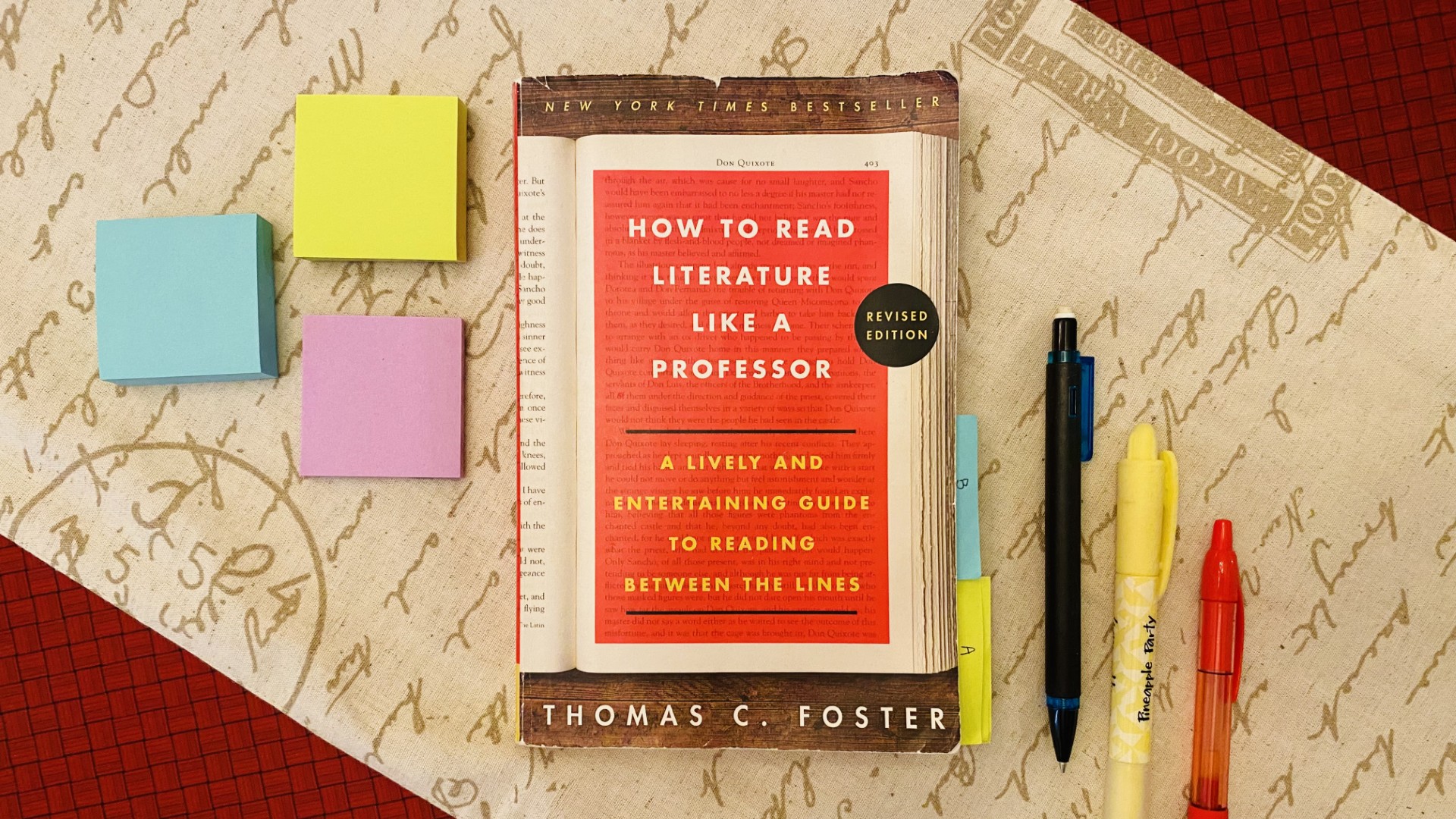Thomas C. Foster clearly has extensive experience dissecting novels and stories. His methods are polished and succinct, and I can see and understand how many of the techniques covered in How to Read Literature Like a Professor could be useful. Still, it is my belief that the book itself could have been cut in half. Let’s get into this review so that I can explain.

While many books can be enjoyed for their basic stories, there are often deeper literary meanings interwoven in these texts. How to Read Literature Like a Professor helps us to discover those hidden truths by looking at literature with the eyes—and the literary codes—of the ultimate professional reader, the college professor.
What does it mean when a literary hero is traveling along a dusty road? When he hands a drink to his companion? When he’s drenched in a sudden rain shower?
Ranging from major themes to literary models, narrative devices and form, Thomas C. Foster provides us with a broad overview of literature—a world where a road leads to a quest, a shared meal may signify a communion, and rain, whether cleansing or destructive, is never just a shower-and shows us how to make our reading experience more enriching, satisfying, and fun.
My Thoughts
Foster spends a significant portion of How To Read Literature Like a Professor writing about other books he has read. Excluding some classics like the Iliad or The Great Gatsby, most of these titles are obscure pieces of literature. Instead of supporting and bolstering Foster’s points, these books only draw attention away from the actual issues being discussed. Whether Foster added the references for context or just to show off his knowledge of random literature, it did not read well, especially for stories in which the reader is not familiar.
In the sections where Foster was actually writing his own opinion, I found the book to be a great resource. It explores a multitude of topics, from disease to drowning to duplicity. Foster makes his position clear that, even in English literature, no “rule” is set in stone. He’s sure to preface his opinions with disclaimers suggesting a difference in some stories, which added credibility to his book. Foster does not spare any words when describing various symbolism in books, so the reader is never left confused about his meaning in any given chapter.
As a whole, How to Read Literature Like a Professor accurately dissects common literary devices and their uses while appealing to the common man. Foster is certainly proud of the fact that his book simplifies otherwise complicated literary symbolism, as he constantly references his belief throughout. Although he succeeded in adding humor and intrigue to an otherwise dry topic, parts of How to Read Literature Like a Professor still read like a textbook (albeit a casual one). The second half of the book especially dragged.
PAGED IN: There are four chapters in this book that discuss sexual innuendo in books and novels. The discussion is descriptive, and completely unnecessary. These chapters (3, 4, 16, and 17) can be skipped.
Conclusion
There are usually two questions that I ask after finishing a book. First, would I suggest it to others? In this case, the answer is yes. Foster’s methodology is concise and helpful for any student seeking to understand literary methods. Second, I ask myself if I would read the book again. Unfortunately, in the case of How To Read Literature Like a Professor, I have to say that I would not. One read through was enough for me to gather the basic information Foster wished to impart, and more than enough for me to decide that I would not voluntarily pick this particular text up again.
You can buy How to Read Literature Like a Professor here.
Marie

